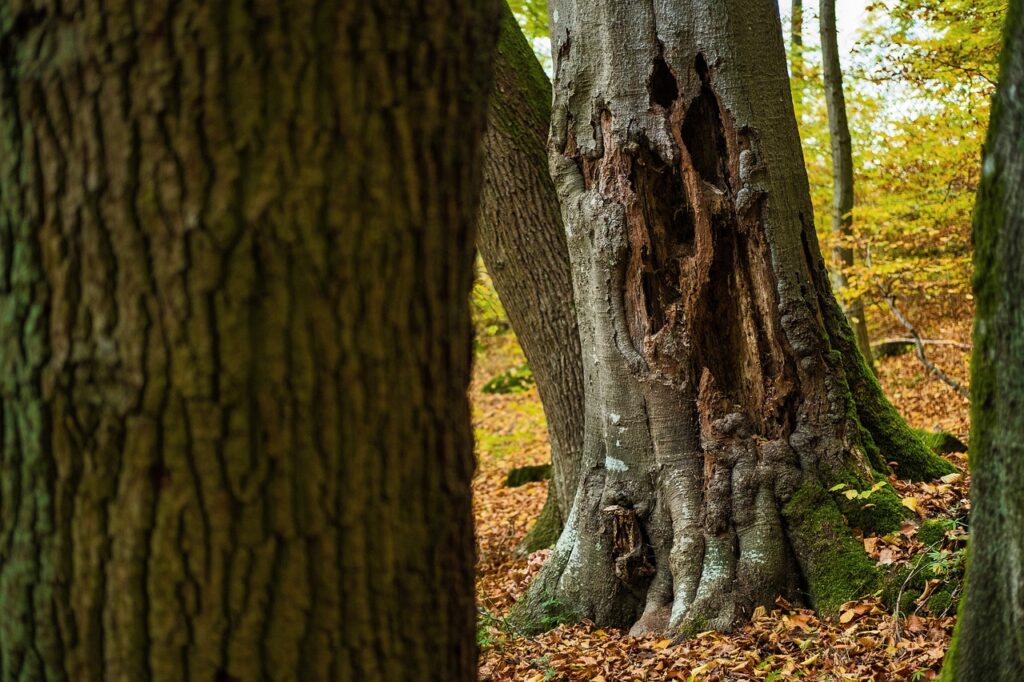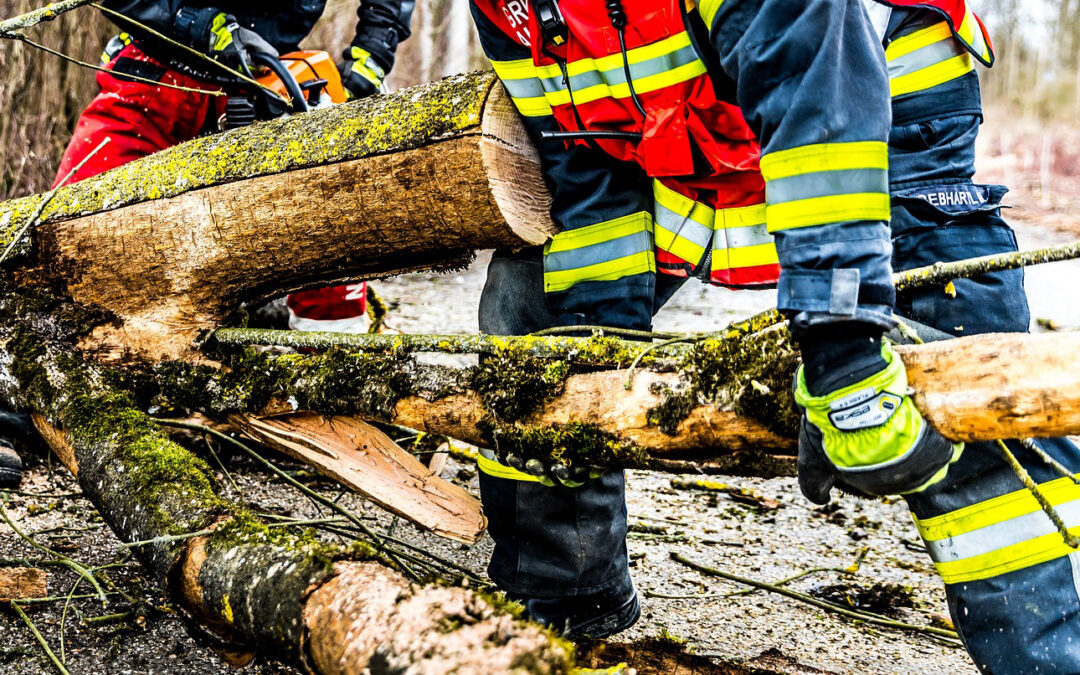Trees are an essential part of the environment, providing both aesthetic and practical benefits. Healthy trees increase property value, improve air quality, reduce noise pollution, prevent soil erosion, and provide wildlife habitat. Unfortunately, tree diseases can put all these benefits at risk if left unchecked. Early detection of a sick tree is key to maintaining its health and preventing further damage or destruction from occurring. An arborist Phoenix can help diagnose a sick tree by examining its leaves, bark, or other features for signs of disease or distress. Knowing the warning signs associated with common tree diseases will allow you to contact an arborist quickly before the problem gets worse and more expensive to fix.
Visible Signs of Tree Distress
Leaf Abnormalities and Discoloration: Trees may experience discolored or deformed leaves due to disease. Common signs of leaf damage include yellow, brown, or spotted foliage. These abnormalities can be caused by various tree diseases such as Anthracnose, Verticillium wilt, and leaf spot diseases. In some cases, the entire leaf may turn yellow or brown and drop early.
Bark Abnormalities and Discoloration: Some tree diseases cause bark discoloration or lesions on the outer surface of a tree. These lesions can appear as dark spots, lines, sunken areas, rough patches, or even oozing sap. Canker diseases, heart rot, and other fungal infections can cause bark abnormalities.
Unusual Fruiting Bodies: Fungal diseases produce fruiting bodies on tree trunks or branches. Mushrooms, shelf fungi, and conks are common types of fruiting bodies that may indicate a problem with the tree’s health.

Warning Signs of Structural Problems
Leaning or Unstable Tree Posture: A tree with an unstable posture is a sign of potential trouble. This could be a result of root damage due to construction, drought stress, animal activity, or improper pruning. Trees that are leaning significantly can pose a safety hazard and should be closely monitored. An arborist Phoenix can evaluate the tree, assess its stability, and suggest a corrective plan of action.
Dead or Dieback Branches: Trees may experience dieback, where the tips of branches turn brown and wilt over time. This is often caused by fungal disease or insect infestation that has weakened the branch’s vascular system. If left untreated, dead branches can increase the chances of the tree becoming structurally unstable and may even lead to complete tree failure.
Large Cracks in The Tree Trunk: If you notice large cracks starting to form in your tree’s trunk, this could indicate a serious problem. Such cracks can be caused by root damage, fungal infection, lightning strike, or mechanical damage. If you see any large cracks forming in the trunk of your tree, it’s best to call an arborist for a diagnosis and advice on how to proceed.
When to Call an Arborist
Identified and addressed any persistent or severe signs of tree distress, rapid or significant changes in tree appearance or behavior, and potential hazards or safety risks associated with the trees by consulting an arborist in Phoenix. An arborist can provide a detailed diagnosis of the tree’s condition and recommend an appropriate course of action. With their knowledge, experience, and equipment, they will be able to accurately diagnose the problem and provide a solution tailored to your needs. If you suspect a tree is sick or in distress, don’t hesitate to contact an experienced Phoenix arborist for assistance.
It is important to be aware of the signs and symptoms of tree diseases in Arizona, as early detection is key for maintaining a healthy tree. By recognizing visible signs such as leaf abnormalities or discoloration, bark abnormalities or discoloration, unusual fruiting bodies, leaning trees with unstable postures, dead or dieback branches, and large cracks on the trunk, you can identify potential tree diseases quickly before they cause further damage. If any of these signs are observed, contact a Phoenix arborist for an accurate diagnosis and advice on how to proceed. Doing so will help ensure your trees remain healthy and safe for years to come.
By taking the time to recognize symptoms of tree diseases in Arizona and contacting an experienced arborist, you can be sure your trees remain healthy and safe. An experienced Phoenix arborist can provide a tailored solution to restoring the health of your tree while protecting it from potential hazards. Don’t hesitate to contact a professional!

